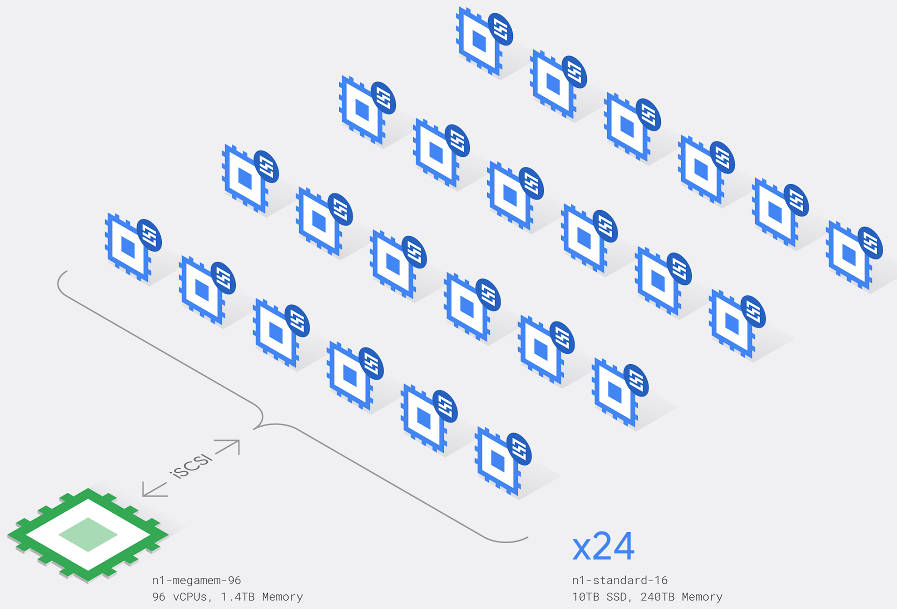
And since nobody used it, it received poor support. For better part of the last decade, nobody used AVX512 because of poor support. Unless someone beats me to it (via leaks), I intend to publish my findings as soon as is allowed.ĪMD's support for AVX512 may be the trigger that finally breaks AVX512's chicken-egg problem. So I had to do all the reverse engineering myself to figure out enough of architecture to where I could optimize for it. Being pre-release meant that all the usual optimization and architectural resources that I usually rely on do not exist yet. Overall, this was a very fun project which I enjoyed. Thus you do not need to redo your benchmarks for competing processors if they are already done with v0.7.9. So Zen4 benchmarks on v0.7.10 can be directly compared with those of other processors using y-cruncher v0.7.9. Fortunately, the performance of the other binaries remain unchanged in v0.7.10. The existing Intel-optimized AVX512 binaries for Skylake and Tiger Lake do not run optimally on Zen4, so you will need the new binary. If you are a hardware reviewer who uses y-cruncher as one of your benchmarks, you will need to grab this latest version of y-cruncher to get the best results on Zen4.
#Calculate pi trillion digits free
If you happen to have access to a Zen4 system, feel free to try out this new release. Since most information about Zen4 is still under embargo, I cannot say anything about it at this time. And using that, I'm able to produce a Zen4-optimized binary - well ahead of launch and in time for the hardware reviewers to pick up. You know what that means - a new y-cruncher binary for it!ĪMD has graciously provided me a pre-release sample of their Ryzen 9 7950X. Zen4 is set to be AMD's first processor to support AVX512. So if you're a SIMD programmer or just curious about architecture in general, this might be worth a read. Now that the embargos have lifted, I have published my breakdown of Zen4's AVX512 over on Mersenneforum.

12.1 trillion digits - December 2013 (Shigeru Kondo).13.3 trillion digits - October 2014 (Sandon Van Ness "houkouonchi").22.4 trillion digits - November 2016 (Peter Trueb).31.4 trillion digits - January 2019 (Emma Haruka Iwao).50 trillion digits - January 2020 (Timothy Mullican).62.8 trillion digits - August 2021 (UAS Grisons).100 trillion digits - June 2022 (Emma Haruka Iwao).Y-cruncher has been used to set several world records for the most digits of Pi ever computed. Ever since its launch in 2009, it has become a common benchmarking and stress-testing application for overclockers and hardware enthusiasts. It is the first of its kind that is multi-threaded and scalable to multi-core systems. Y-cruncher is a program that can compute Pi and other constants to trillions of digits. The researchers plan to use the computer that performed the calculations to conduct computational fluid dynamics, deep learning and RNA analysis in the future, Keller said.The first scalable multi-threaded Pi-benchmark for multi-core systems. So the computers used hard disks to beef up the RAM, Keller said. "Such a machine cannot be bought, to our knowledge, and if one could, it would be extremely expensive." "Calculating to 62.8 trillion decimal places requires around 316 terabytes of RAM ," Keller said. The DAViS computer outperformed the previous record holders thanks to a boost in random access memory (RAM), Keller said. Taking just 108 days and 9 hours, compared with Mullican's 303 days - even though they used the same algorithm to run the calculations.

The DAViS team not only broke Mullican's record but also did so in roughly a third of the time. In 2019, a Google cloud computing system calculated the constant's value to more than 31 trillion decimal places, and in 2020, Timothy Mullican of Huntsville, Alabama, founder of a nonprofit called North Alabama Charitable Computing, calculated 50 trillion decimal places, using his personal computer, according to Guinness World Records. Knowing more digits of pi isn't particularly important for mathematics.īut calculating the value of pi to high precision has long been used as a benchmark to test the processing power of computers.


 0 kommentar(er)
0 kommentar(er)
